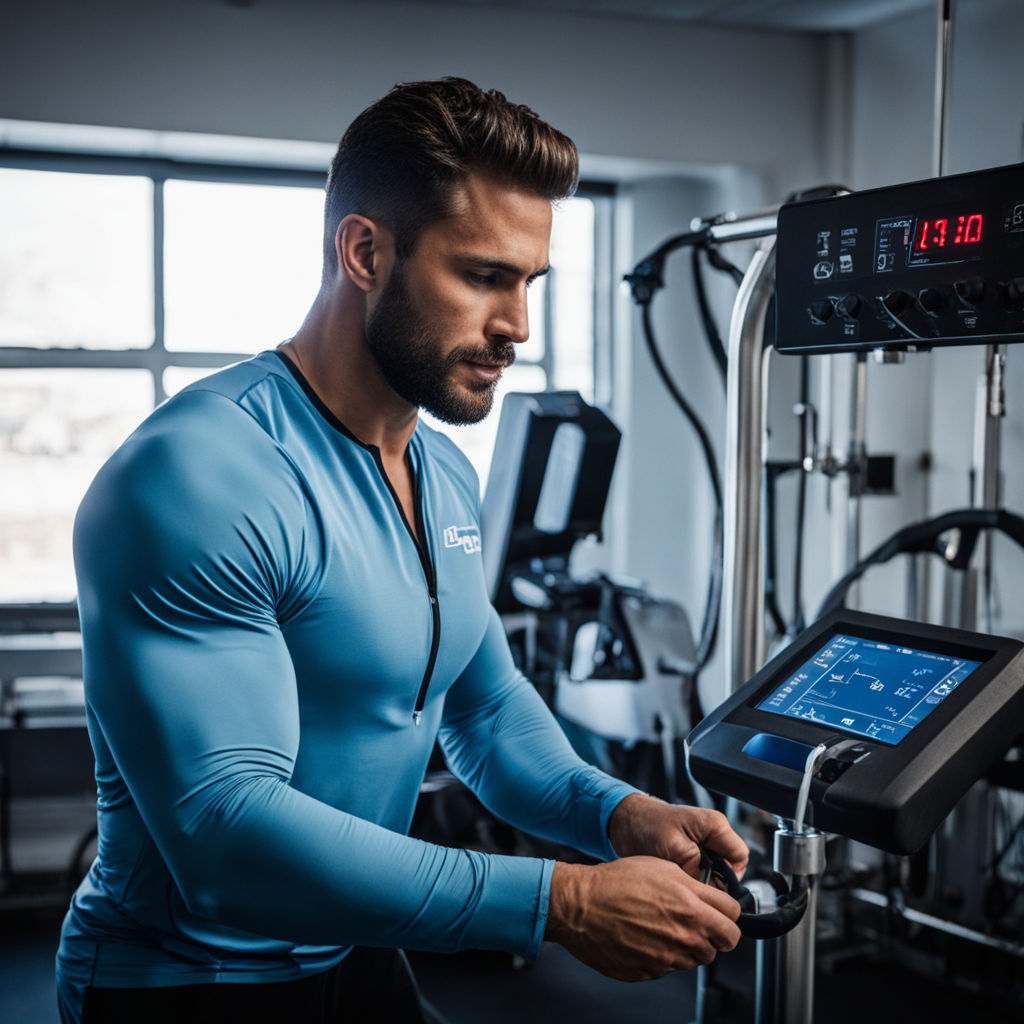
What Is VO2 Max? - A Comprehensive Guide for Endurance Athletes
Share
In the world of endurance sports, achieving peak performance isn't just about pushing harder; it's about understanding your body's limits and maximising its potential. One key metric that unlocks this understanding is VO2 max. In this guide, we'll delve into what VO2 max is, how it's tested, different types, methods for improvement, and why it's crucial for endurance athletes looking to take their fitness to the next level.
What Is VO2 Max?
At its core, VO2 max represents your body's maximum capacity to consume oxygen during intense exercise. It's a reflection of your cardiovascular system's efficiency in delivering oxygen to your muscles and your muscles' ability to utilize that oxygen to produce energy. Simply put, the higher your VO2 max, the better your aerobic fitness.
Testing VO2 Max
Measuring VO2 max involves putting your body through its paces in a controlled environment. This typically means hopping on a treadmill or stationary bike and gradually increasing the intensity until you reach your limit. Throughout the test, your oxygen consumption, heart rate, and other physiological markers are monitored to determine your VO2 max accurately.
Types of VO2 Max
While VO2 max is a general measure of aerobic capacity, it's essential to recognize that different sports may require specific adaptations. For example, a runner's VO2 max might differ from that of a cyclist due to the unique demands of each activity. Understanding these nuances can help tailor your training regimen to your sport of choice.
Improving VO2 Max
Boosting your VO2 max isn't a one-size-fits-all endeavour; it requires a multifaceted approach. Incorporating a mix of aerobic workouts, interval training, and strength exercises can help stimulate adaptations in your body that lead to improved oxygen utilisation and delivery.
Additionally, athletes may explore innovative techniques like nasal breathing optimisation, which can aid in maximising oxygen intake and potentially improving VO2 max over time.
Consistency and gradual progression are key; aim to challenge yourself without overdoing it.
Other Factors Influencing VO2 Max
While training plays a significant role in improving VO2 max, it's essential to recognise that other factors can also influence this metric. Genetics, age, gender, altitude, and even lifestyle factors like diet and sleep can all impact your aerobic capacity. Understanding these variables can help you optimise your training and maximise your potential.
Significance in Endurance Training
Why does VO2 max matter? Because it's a reliable predictor of endurance performance. Athletes with higher VO2 max values can sustain higher intensities for longer durations, giving them a competitive edge in endurance events. By focusing on improving your VO2 max, you're not just getting fitter; you're also setting yourself up for success on race day.
In conclusion, VO2 max is more than just a number; it's a window into your body's ability to perform at its best. By understanding what VO2 max is, how it's tested, and how you can improve it, you're taking a crucial step towards unlocking your full athletic potential. So lace up those running shoes, hop on that bike, and get ready to push your limits—your VO2 max is waiting to be unleashed.
